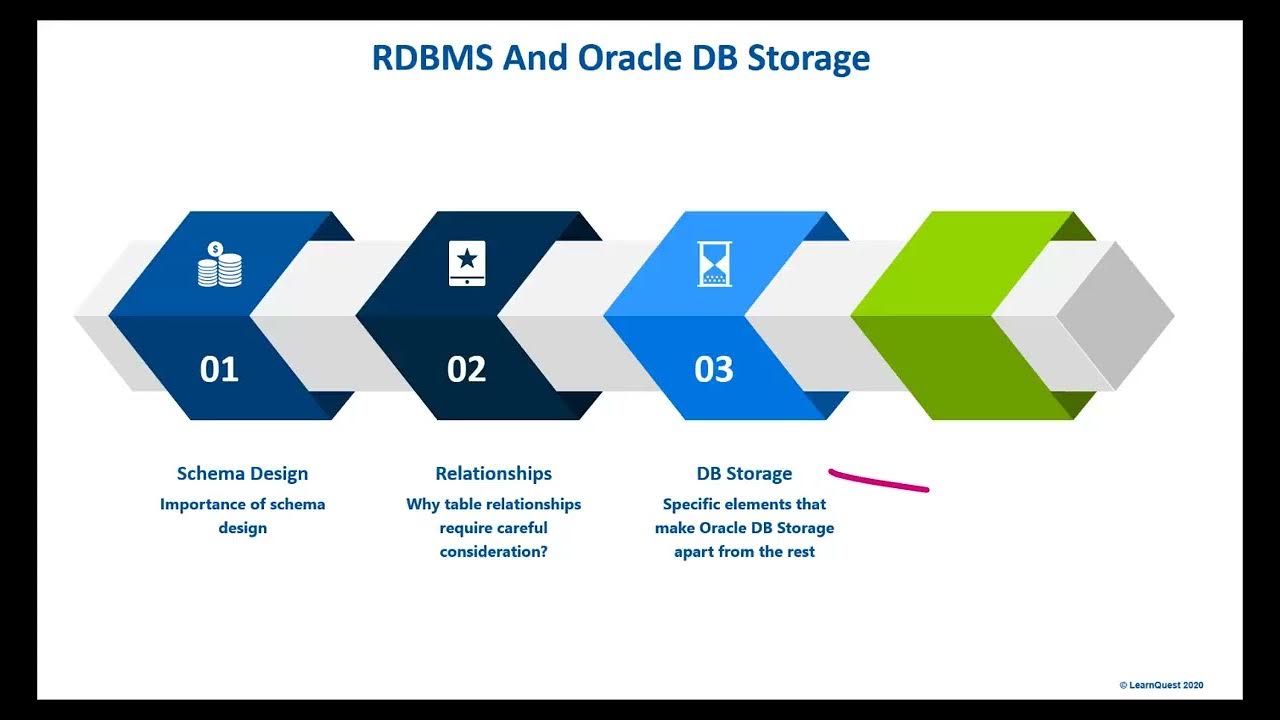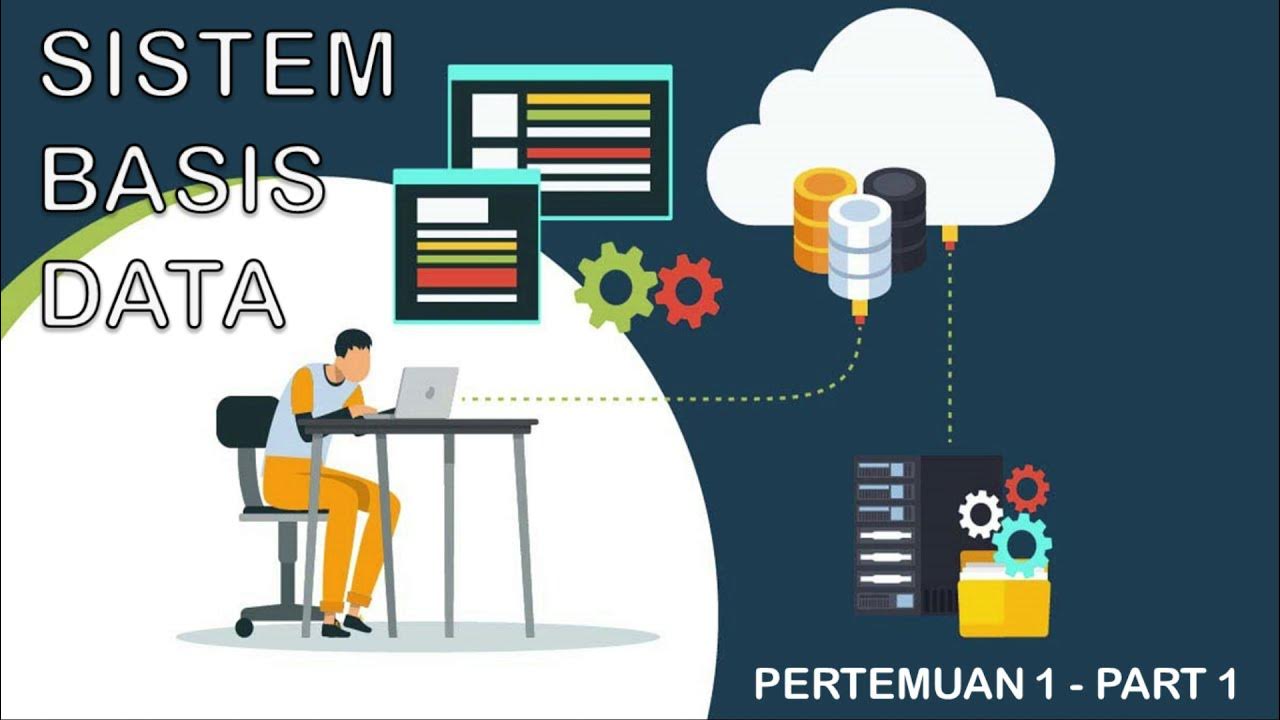Google SWE teaches systems design | EP1: Database Design
Summary
TLDRIn this video, the creator discusses database design, starting from the basics and progressing to more complex implementations. They explore the objectives of databases, such as fast reads/writes and data durability, and delve into the mechanics of hard drives. The video compares naive database implementations like arrays of tuples with more efficient methods like append-only logs and hash maps. It then details index implementations, including hash indexes, SSTables with LSM trees, and B-trees, discussing their pros and cons for different use cases. The goal is to help viewers understand how to choose the right database for their needs based on read and write performance.
Takeaways
- 👨💻 The speaker is an incoming software engineer at Google who is passionate about systems design and aims to share his learnings.
- 🎯 The channel's goal is to provide deeper insights into systems design beyond oversimplified explanations found in many existing resources.
- 🗣️ The speaker humorously admits to being a narcissist, but more importantly, seeks to offer more fundamental understanding of technologies before diving into system design.
- 💾 Databases are essential for persisting data across different users and sessions, ensuring fast reads, fast writes, and data durability.
- 🔍 The naive database implementation is an array of tuples, which requires linear time for reads and updates, making it inefficient for large datasets.
- 🔑 A hashmap offers constant time access for reads and writes when data fits in memory, but it's not suitable for disk-based storage due to poor performance with random access.
- 🔍 Indexes, such as hash indexes, improve read efficiency by maintaining metadata to quickly locate data without full dataset scans.
- 🌳 SSTables and LSM trees are index implementations that prioritize fast writes by using an in-memory buffer and appending data to disk, but may slow down reads due to potential multiple SSTable searches.
- 📚 B-trees are designed for disk storage, offering fast reads and good performance on range queries, but they are slower for writes compared to LSM trees as they write directly to disk.
- 📚 The speaker recommends 'Data-Intensive Applications' by Martin Klepman for further reading on databases and their performance implications.
Q & A
What is the main purpose of a database?
-A database is used to store data persistently, allowing access to the same data by multiple users or applications, and ensuring data is not lost even if the local device is not available.
Why are hard drives used for databases?
-Hard drives are used for databases because they provide durable storage, meaning that data is retained even if the power goes out, ensuring that information is not lost.
What is the significance of sequential operations in hard drives?
-Sequential operations are important in hard drives because accessing data that is physically close on the disk is faster, reducing the time the mechanical arm spends searching for data.
What is a naive database implementation?
-A naive database implementation might be an array of tuples, where every read and update operation requires a linear search through the array, which is inefficient for large datasets.
How does an append-only log improve database performance?
-An append-only log improves performance by allowing overwriting of data through adding new entries to the log, which benefits from sequential writes and avoids the need for searching and in-place updates.
Why are hash maps not suitable for large datasets in databases?
-Hash maps are not suitable for large datasets in databases because they require the entire dataset to fit in memory, and they perform poorly with random reads and writes on disk.
What is the role of indexes in database design?
-Indexes in database design are used to speed up read operations by maintaining metadata that allows for quick lookup of data without scanning the entire dataset.
What are the advantages and disadvantages of hash indexes?
-Hash indexes offer constant time access for reads and writes when the keys fit in memory, but they suffer from poor performance on disk and are inefficient for range queries due to the scattering of keys.
How do SSTables and LSM trees handle writes efficiently?
-SSTables and LSM trees handle writes efficiently by first writing to an in-memory buffer, which is a self-balancing tree, and then periodically writing the sorted contents to disk as SSTables, allowing for fast append operations.
What is a Bloom filter and how does it optimize database reads?
-A Bloom filter is a space-efficient probabilistic data structure that can quickly test whether an element is a member of a set. In databases, it optimizes reads by reducing the number of SSTables that need to be searched, thus speeding up the read process.
Why are B-trees suitable for databases that require fast reads?
-B-trees are suitable for databases that require fast reads because they allow data to be stored in a hierarchical tree structure on disk, enabling logarithmic time complexity for read and write operations, and are efficient for range queries.
Outlines

This section is available to paid users only. Please upgrade to access this part.
Upgrade NowMindmap

This section is available to paid users only. Please upgrade to access this part.
Upgrade NowKeywords

This section is available to paid users only. Please upgrade to access this part.
Upgrade NowHighlights

This section is available to paid users only. Please upgrade to access this part.
Upgrade NowTranscripts

This section is available to paid users only. Please upgrade to access this part.
Upgrade NowBrowse More Related Video
5.0 / 5 (0 votes)





